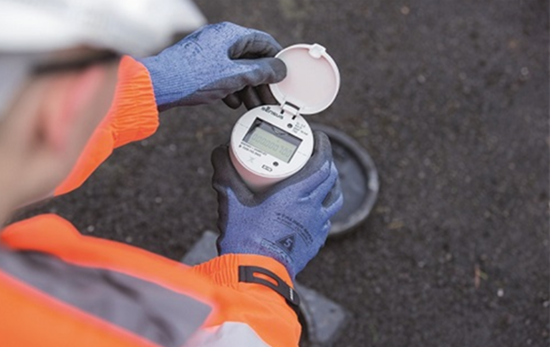Policy CR9
Water efficiency
a) All developments must minimise use of mains water by including water efficient fixtures, fittings and appliances, where these are installed.
b) New residential developments are required to achieve a target of no more than 95 litres per person per day for internal water use. An additional 5 litres allowance is permitted for external water use.
c) New non-residential developments are required to achieve the BREEAM "Excellent" standard for the WAT 01 Water Consumption credit as a minimum.
d) In addition, major developments and those that are high water use schemes, must include measures such as rainwater harvesting and greywater re-use where these are feasible to help achieve lower mains water consumption and conserve water. If not included, this will need to be justified.
e) All developments should include simple, small scale water harvesting measures such as water butts/raingardens unless these are demonstrated as not being feasible for the development.
f) Consideration also needs to be given to the likely water demands of landscaping proposals which should seek to minimise irrigation requirements by using drought resistant planting and using landscaping techniques to improve water retention.
g) Integrated Water Management Strategies will be required for strategic site proposals to demonstrate that adequate water infrastructure measures including water supply as well as wastewater systems will be provided.
5.88 Hammersmith & Fulham is in an area of Serious Water Stress which is defined by the Environment Agency as a region where the current or future demand for household water is or is likely to be, a high proportion of the effective rainfall which is available to meet that demand.
5.89 Water is an increasingly scarce resource, and with a growing population in Hammersmith and Fulham, there is rising demand. Climate change impacts could also cause problems in the future with water supply as droughts can reduce the availability of water and heatwaves can increase demand. Thames Water estimate that if we don't take action there will be a shortfall in London between supply and demand for drinking water.
5.90 Therefore, there is a need to ensure that new and refurbished buildings are designed to minimise the use of water by installing water efficient fittings and appliances where these are provided as part of the development.
Water efficiency standards
5.91 The policy sets minimum standards for residential and non-residential developments, but proposals are encouraged to go beyond these. Developments will be required to install measures such as water efficient toilets, showers, taps and baths as well as water efficient appliances e.g. washing machines and dishwashers where these are installed. New residential developments are required to comply with a limit of no more than 95 litres per person per day for internal water use. A 5-litre allowance is provided in addition for external water use).
5.92 As well as reducing water demand, integrating water efficiency measures can help reduce foul water flows from developments. This is particularly important in the borough as the sewer system is a combined system that takes all wastewater, including foul and surface water run-off. Minimising foul water discharges helps ensure that sewers have the maximum capacity available when needed during storm events when surface water flows are at their highest.

Consultation with Thames Water
5.93 Water companies including Thames Water offer discounts on water bills for new buildings that integrate water efficiency measures. New developments are encouraged to meet as a minimum Thames Water's "Water Tier 2" incentive for new connections
5.94 As well as implementing water efficiency measures such as those outlined above, major new developments and those that use high volumes of water such as hotels, offices, commercial and leisure uses will be required to include the collection and re-use of water (grey water recycling) and/or rainwater harvesting. If not included, then information to justify this will be required.
5.95 Developers are recommended to discuss their water supply and wastewater infrastructure requirements with the water company such as Thames Water to help ensure there is sufficient capacity to serve the development and that any required works to increase capacity are factored into the development.
5.96 Depending on the presence of existing infrastructure and its capacity, strategic scale developments in particular could place high demands on water supply and sewer systems which are best managed through an Integrated Water Management Strategy approach where water use and discharges to the sewer system are minimised and water harvesting re-use and greywater use are maximised.